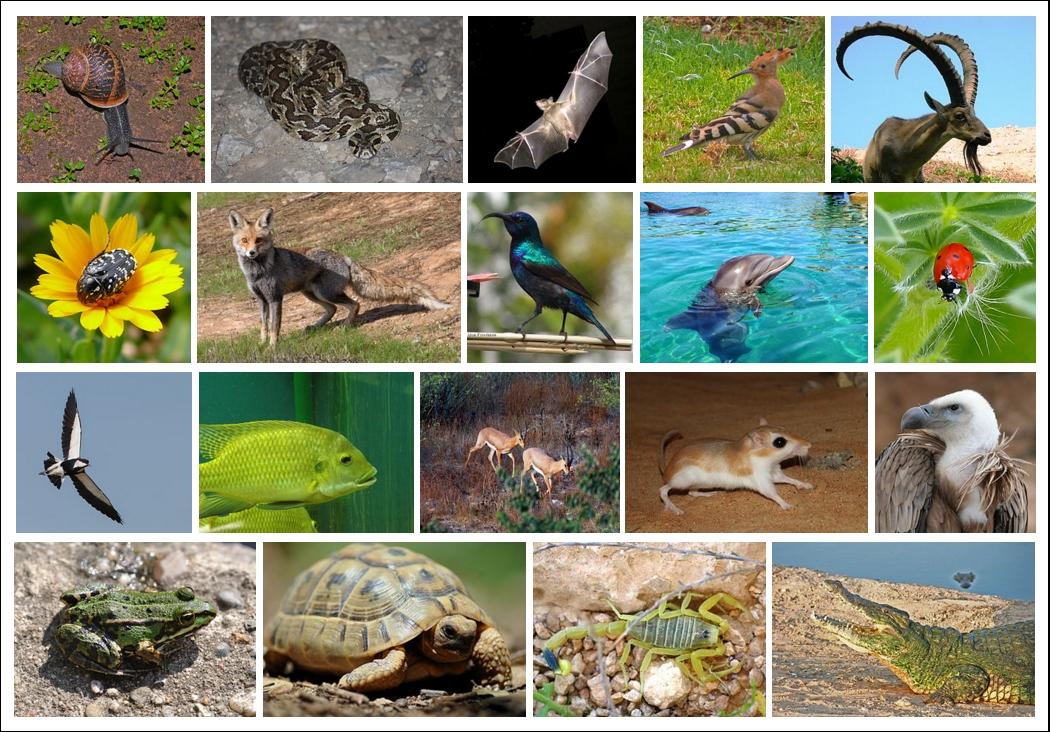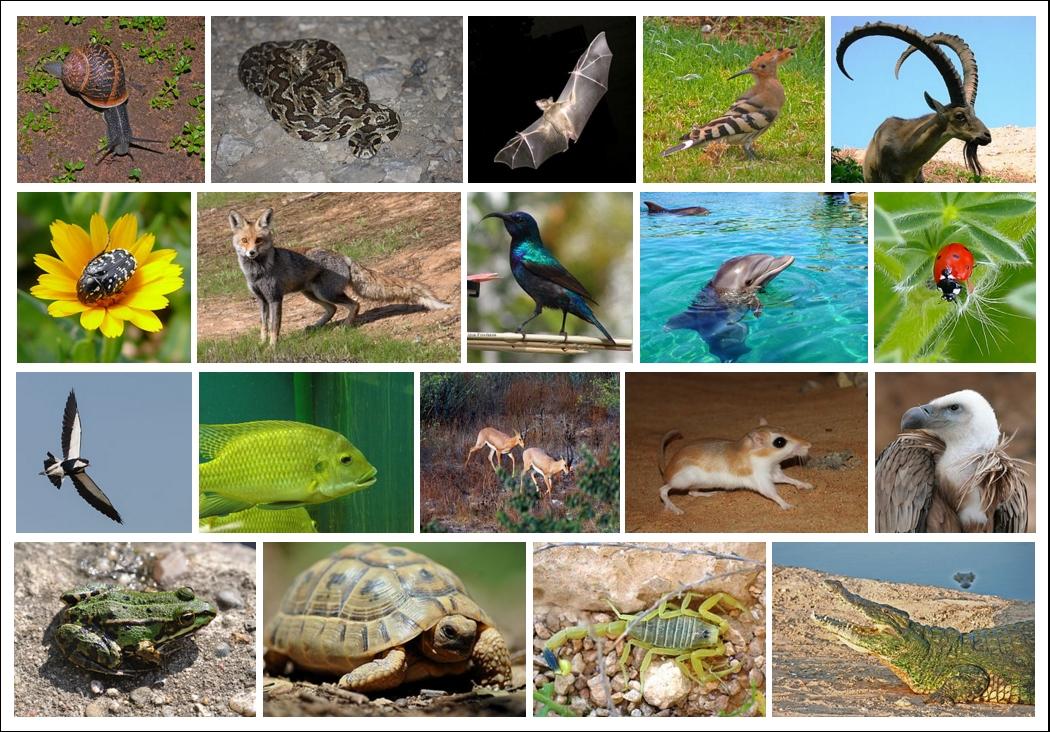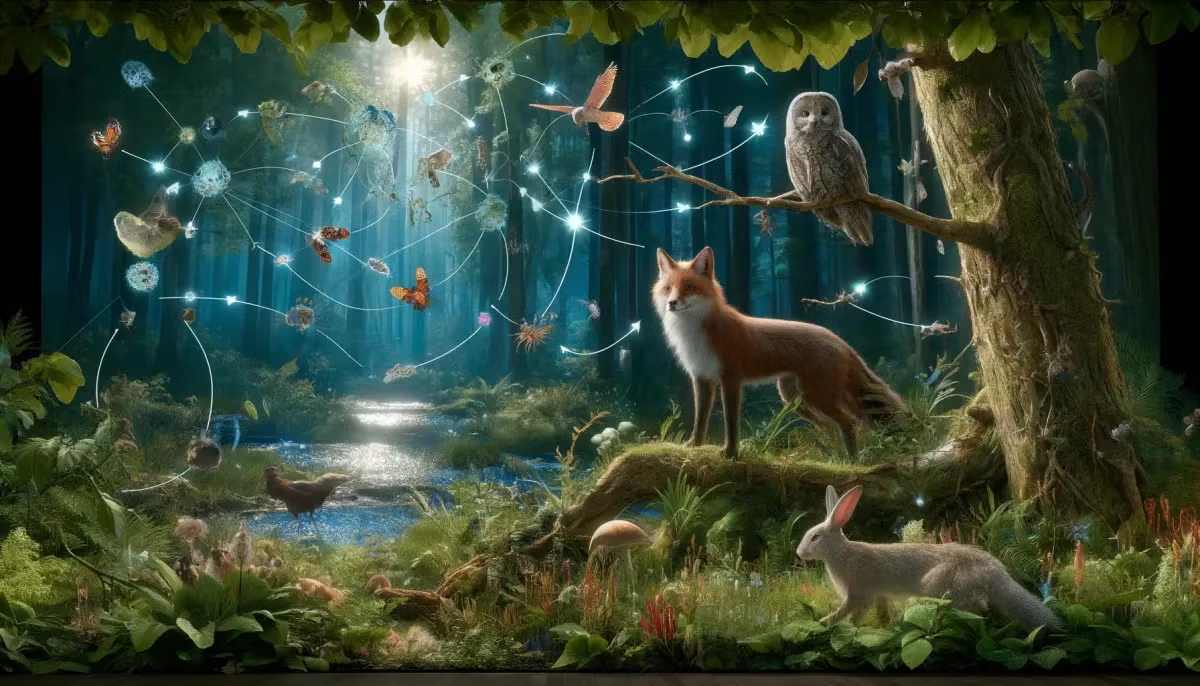
Pollinators: Why are bees endangered and how do we save them?
by Irene Jones
In this unit students will observe how elements within a system changes over time, generating patterns and trends that affect the ecosystem of bees.
Students will use Stock-Flow Maps to show the natural changes in bee population.
Students will also use “The In and Out Game” to understand the changes in a healthy system, a system affected by harmful factors, infections, and a recovering system.
Lesson Grade Level
3rd GradeLesson Plan Link/URL
https://docs.google.com/presentation/d/1YIngxINgXbB8CB9Fo40W-2F5AJbs_UO1/edit?u…Related Content

Grades:
3rd Grade
In this unit, students will explore the interdependencies in a system and uncovers circular causal connections. Students will use a stock-flow game, specifically the “Mammoth Game” to simulate how

Featured
Mosquito Management
Grades:
3rd Grade, 4th Grade, 5th Grade
This lesson takes place in as classroom for one or more 60 minute class periods. The data collection portion may continue for 2+ weeks (or whatever time frame you decide). An emphasis is placed on the

Grades:
2nd Grade, 3rd Grade
Students will research a biome around the world, including 3 animals, 3 plants, and 3 nonliving parts of the ecosystem. Students will construct a diorama of the biome and illustrate a natural disaster